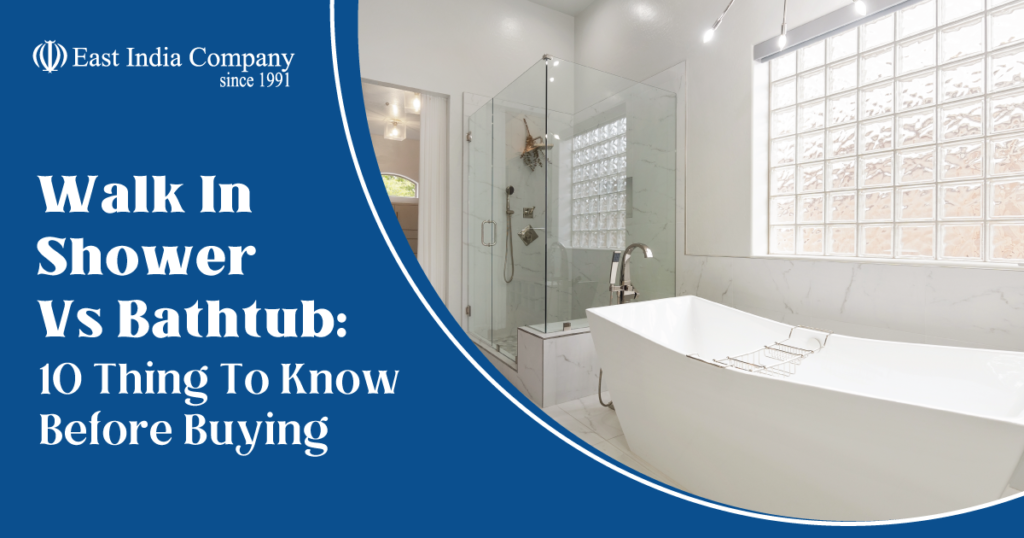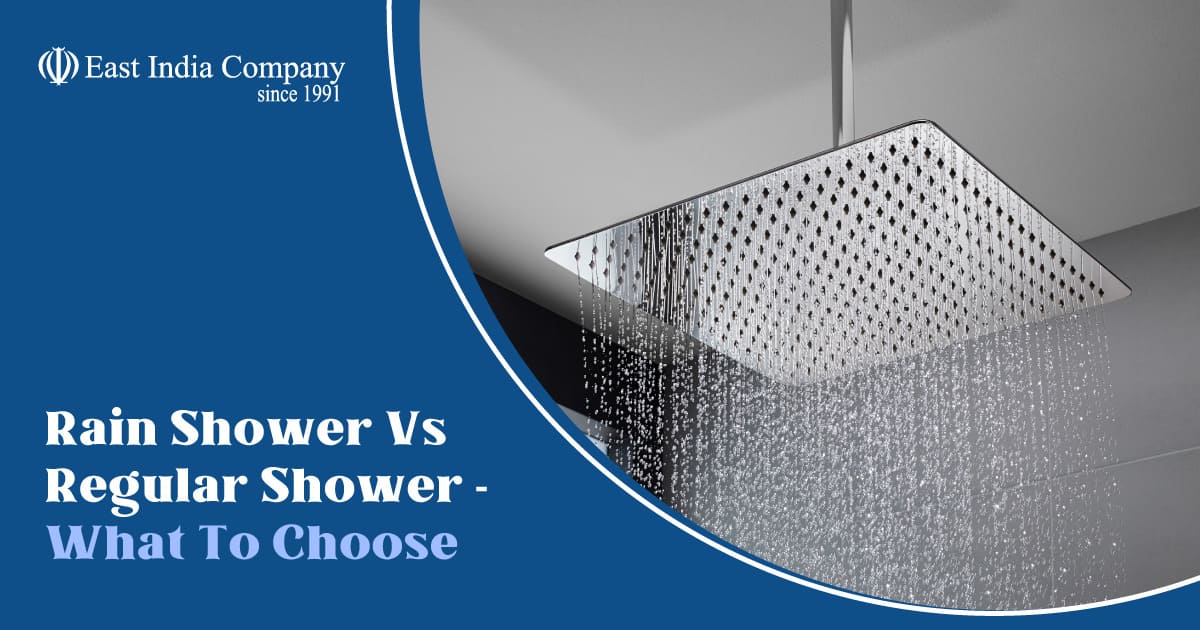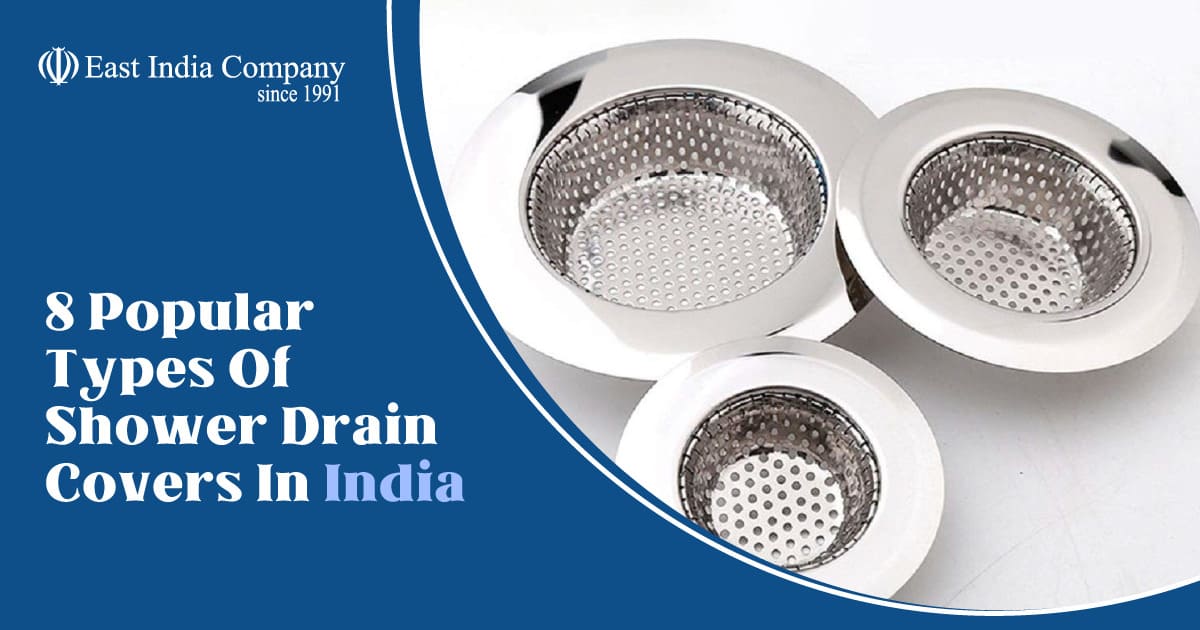Short Summary
Going for a relaxing bath or shower is the ideal way to decompress after a long day. However, which is best, a bathtub or a walk-in shower? Read till the end of the blog to read further.
Introduction
Choosing between a walk-in shower or bathtub for your bathroom remodel or new construction project is an important decision that should align with your needs, lifestyle, and personal preferences. With the right information and considerations in mind, you can find the best option to transform your space.
In this blog post, we’ll explore walk-in shower vs bathtub, distinguishing the space requirements, accessibility, resale value, cost, maintenance and cleaning needs, design flexibility, water usage, safety, durability, and lifestyle fit. Let’s get started.
Walk-in shower vs bathtub: Know the differences
Here is a tabular comparison of walk-in showers and bathtubs. With an overview of these 10 considerations, you’ll be equipped to determine whether a spacious walk-in shower or a relaxing soaking tub better suits your home and family.
For a detailed explanation, scroll down below.
| Feature | Walk-In Shower | Bathtub |
| Space Requirements | Typically requires less floor space. | It may require more floor space for installation. |
| Accessibility | Easier access for those with mobility issues. | Can be challenging to enter and exit safely |
| Resale Value | Highly desirable, especially in modern homes. | Desirable for families with young children. |
| Cost & Installation | Can be more expensive due to custom designs. | Standard tubs are generally less expensive. |
| Maintenance | Cleaning is easier due to fewer nooks and crannies. | Can require more effort to clean around curves |
| Design Flexibility | Offers modern and sleek design options. | Traditional appeal; offers a classic look. |
| Water Usage | Generally uses less water than a bath. | Can use more water per use. |
| Safety Features | Can be equipped with non-slip tiles and benches. | May need additional accessories for safety |
| Durability | Depends on materials but generally long-lasting. | Also depends on materials; prone to scratches. |
| Lifestyle Fit | Preferred for quick, efficient use. | Suited for relaxation and families with kids. |
Space Considerations
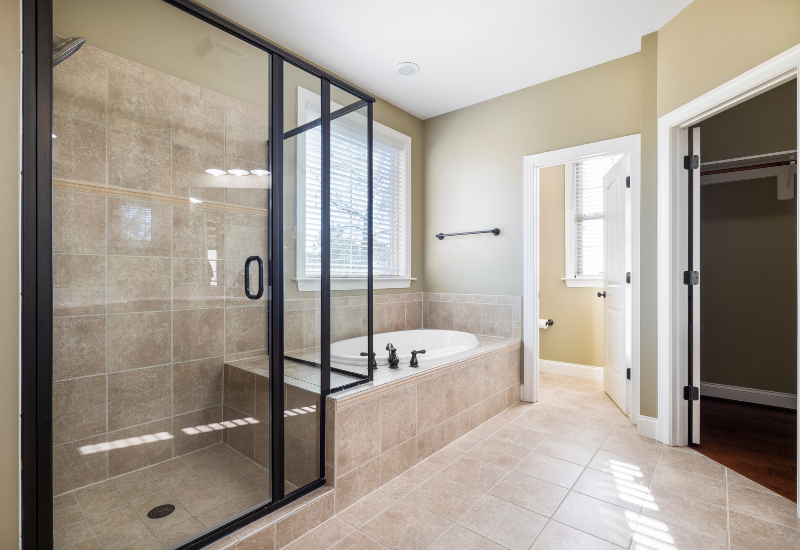
Walk-in shower:
- Walk-in showers provide an open showering space without barriers for easy access.
- Most measure at least 36 inches deep and 32 inches wide for adequate elbow room and space to install desired showerheads or sprays.
- Custom-built walk-in showers allow for flexible dimensions to make use of available space.
- Measure your bathroom carefully before selecting shower dimensions to prevent a cramped feel.
Bathtub:
- Standard bathtubs are usually 60 inches long and 30 inches wide, with depths ranging from 14 to 17 inches.
- Freestanding tubs may have longer dimensions. For adequate clearance around the tub, plan for at least 24 inches in front for entering and exiting.
- Bathtubs often dictate bathroom layouts and space planning considerations more heavily than walk-in showers.
- A tub may overwhelm the room if you’re working with a cramped floor plan.
Accessibility

Walk-in shower:
- Level-entry walk-in showers remove the need to step over high walls or bathtub edges, creating an accessible option for those with mobility challenges.
- Grab bars, seats, and non-slip shower floors can further enhance accessibility and safety.
- The small threshold lip in a walk-in shower still presents a minor trip hazard.
- Curbless showers remove even this small barrier but require careful waterproofing and drainage planning to keep water contained.
Bathtub:
- The high walls and lips of standard bathtubs can make entering and exiting difficult and dangerous for those with limited mobility.
- However, the market offers several accessible bathtub models to aid entry, such as outward openings, low step-in thresholds, integrated seats, grab bars, and more.
- So, the bathtubs can be equipped for users of all mobility levels.
Resale Value

Bathtub:
- The resale value boost depends on the overall condition and layout of the bathroom. An ageing bathroom may not benefit as much despite having a tub.
Walk-in shower:
- Global trends indicate a growing preference for low-maintenance, easy-clean walk-in shower layouts. This increases their perceived value.
Cost and Installation

Bathtub:
- Materials: Standard Fiberglass/Plastic Tubs cost between Rs. 7,000 and Rs. 15,000 depending on size, brand, and material. Larger and heavier-duty options will be on the higher side.
- Total Cost: A basic built-in tub installation totals Rs. 27,000 to Rs. 60,000, covering labour for fitting, basic plumbing and standard tile surrounds.
Walk-in Shower:
- Materials: Glass/plastic enclosures cost Rs. 10,000 to Rs. 25,000, depending on size and quality. Frameless shower screens are more expensive.
- Total Cost: Therefore, a basic walk-in shower costs Rs. 40,000 to Rs. 80,000 to install on average in India.
Maintenance & Cleaning:

Walk-in shower:
- With fewer grout lines, no tub surround corners, and open access, walk-in showers allow for easy cleaning.
- A squeegee takes care of glass walls. The floor stays free from grime buildup with periodic scrubbing.
- Depending on your choice of materials, cleaning and sealing grout or tile could be an occasional need.
Bathtub:
- The crevices between tiles and the tub surround make bathtub areas prone to mildew and soap scum.
- Fiberglass tubs scratch over time if proper cleaning practices aren’t followed.
- Plan to put in regular elbow grease to prevent buildup and damage if adding a bathtub.
Aesthetic and Design Flexibility
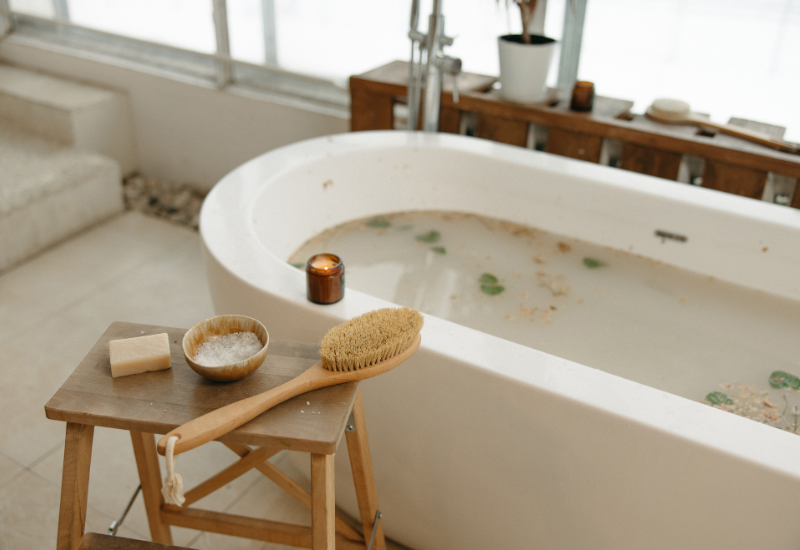
Walk-in showers and bathtubs both provide plenty of style options. Consider the most common materials and design aesthetics available for both below.
Bathtub:
- Freestanding statement tub– sculptural legs, attention-grabbing
- Clawfoot classic– elegant scroll feet, often centrepiece
- Built-in soaker– clean, streamlined, simple
- Whirlpool tub– water jets, relaxation
- Retrofit tub– custom fit for existing spaces
Walk-in Shower:
- Modern– sleek tile, glass enclosure, rainfall showerhead
- Spa– built-in bench, nature stone finishes
- Universal access– curbless, grab bars, neutral
- Bold– vibrant mosaic tile, patterned floor
- Minimalist– clean lines, frameless glass
With the right tile, lighting, layout, and fixtures, both walk-in showers and tubs adapt well to match your chosen style. Glass doors maintain visibility and brightness. And materials like stone, porcelain, and quartz texture.
Water Usage
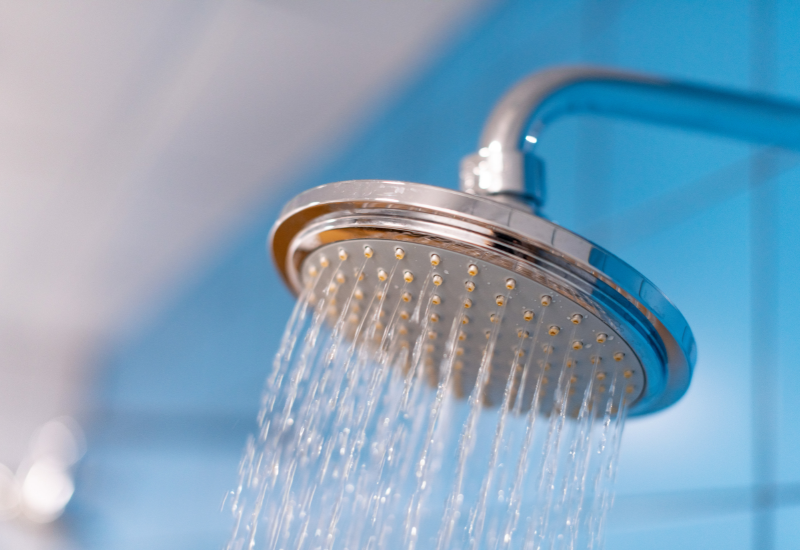
To conserve water, walk-in showers tend to use less than a relaxing soak.
- Showers use about 12-25 gallons of water in total, depending on showerhead efficiency and duration.
- Bathtubs require about 30-50 gallons of water to fill. Round deep-soaking tubs approach 80+ gallons.
Over time, excess bathwater usage inflates utility bills and depletes resources. If environmental impact is a top concern, brief water-efficient showers save more than soaking.
You can offset some tub usage by installing a water-saving tub, restricting fill levels, or reusing bathwater for irrigation as needed.
Safety Features

Slips and falls represent a leading at-home accident concern. Both walk-in showers and bathtubs warrant safety considerations.
- In showers, choose slip-resistant porcelain tiles and add textured grip strip flooring. Stabilising grab bars, seats, and proper lighting also boosts safety.
- For bathtubs, opt for slip-resistant bottom surfaces. Never use oils in the bath. Install grab bars properly and fill the tub slowly to avoid sudden drops from standing too quickly.
Those with mobility limitations should strongly weigh accessibility and safety needs when selecting tub versus shower options. Professional installers can recommend ideal layouts and entry methods to prevent accidents.
Longevity and Durability

With proper care, tubs and showers last 15-30 years, depending on materials.
Fibreglass and acrylic surround or units scratch and deteriorate faster than porcelain, stone, and glass options. Natural stone endues beautifully but requires vigilant sealing.
For long-lasting, low maintenance durability, choose:
- Shower: Quartz or solid surface walls, porcelain or ceramic tile, laminated glass doors
- Tub: Acrylic, enamelled cast iron or steel, quartz composite
Replacing seals, caulking, and grout periodically preserves waterproofing and extends lifespan too.
Lifestyle And Personal Choices
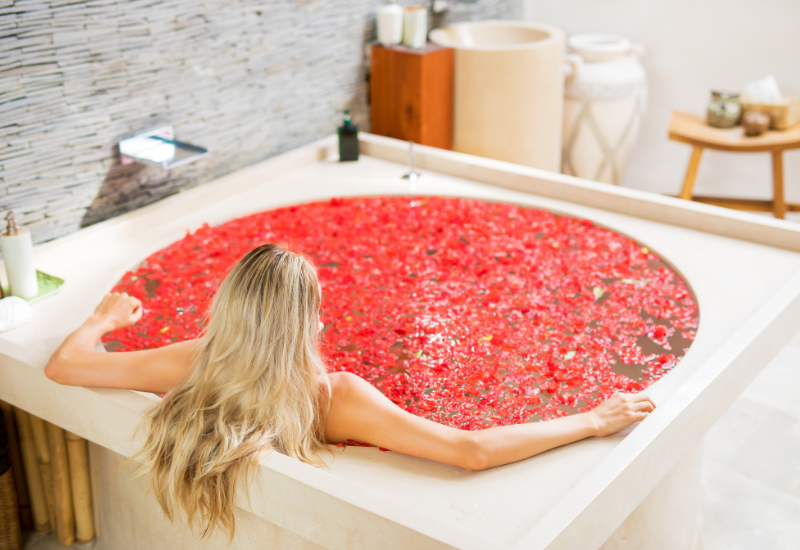
Your family size, age, accessibility needs, bathing preferences, and decor goals should drive the tub versus shower decision.
Consider the following:
- Young families may enjoy the functionality of a tub for bathing kids, while retirees benefit from walk-in shower accessibility.
- Compact spaces might eliminate tubs as an option based on layout constraints.
- Those who value lengthy relaxation and soaking will gain more from a tub. If you take primarily quick showers, a walk-in stall suits just fine.
- Contemporary glass showers suit modern styles, while ornate clawfoot tubs match traditional spaces.
Take lifestyle and design tastes into account. If you adore baths or have little ones to scrub, losing your tub may disappoint even if walk-ins better utilise the room.
Conclusion
With a comprehensive understanding of walk-in shower vs bathtub, you’re better equipped to select the right option to enhance your bath.
Carefully assess your family’s needs and dimensions, weigh resale value preferences in your area, and determine priorities like budget, maintenance expectations, safety requirements, and conservation goals.
Combining professional insight with your lifestyle and vision will lead to a personalised bath perfectly tailored for you to enjoy for decades to come.
What’s your preference between showers and tubs? Share your thoughts below in the comments!
Planning to install walk-in showers or bathtubs? Approach East India Company!
Are you thinking of adding a luxurious new walk-in shower or soaking tub to your bathroom? Don’t look further than East India Company for all of your bathroom fixtures needs. We have something for everyone’s budget, so you can select anything from our high-quality fixtures and materials that match your vision. Visit our store today and make your bathroom dreams a reality!
FAQs
1. Is it better to have a bathtub or walk-in shower?
Most people prefer walk-in showers for convenience, but some enjoy soaking in a bathtub. It depends on personal preference.
2. Which requires more maintenance, bathtubs or walk-in showers?
Walk-in showers generally require less maintenance as there are no grout lines to caulk or surfaces outside the direct spray of water. Bathtubs can accumulate mould and mildew more easily in hard-to-reach areas.
3. Which has better accessibility, bathtubs or walk-in showers?
Walk-in showers provide better accessibility for those with limited mobility since there are no steps to climb over into the tub. Some bathtubs are now made with adjustable heights, grab bars and seats to improve accessibility.
4. Which uses less water, bathtubs or walk-in showers?
On average, showers use less water than bathtubs. The typical shower uses 8-17 gallons of water, while filling a bathtub uses 20-50 gallons, depending on its size.
5. What is the main difference between bathtubs and walk-in showers?
The main difference is that bathtubs are large basins designed for soaking or bathing while sitting, and walk-in showers have multiple shower heads for standing and getting wet but no place to sit and soak. Bathtubs hold much more water than shower stalls.

